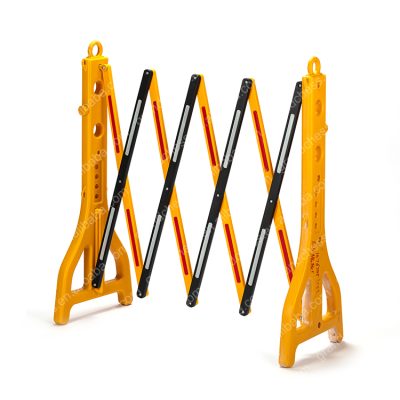The technology used in traffic signals has evolved significantly over the years, transitioning from traditional incandescent bulbs to light-emitting diodes (LEDs). This shift has brought about several advantages, including increased energy efficiency, longer lifespan, improved visibility, and reduced maintenance costs. Here’s an overview of the transition from bulbs to LEDs in traffic signal technology:
1. Incandescent Bulbs (Traditional Technology):
- Incandescent bulbs were the standard technology for traffic signals for many decades. They used a filament that, when heated, produced light.
- Advantages:
- Simplicity of design.
- Established technology.
- Low initial cost.
- Disadvantages:
- High energy consumption.
- Short lifespan (typically around 1,000 to 2,000 hours).
- Frequent replacement and maintenance required.
- Susceptible to damage from vibrations and weather conditions.
- Limited visibility during adverse weather conditions.
2. LED Traffic Signals (Modern Technology):
- Light-Emitting Diodes (LEDs) have gradually replaced incandescent bulbs in traffic signals since the late 1990s.
- Advantages:
- Energy Efficiency: LEDs consume significantly less energy than incandescent bulbs, reducing electricity costs and environmental impact.
- Longer Lifespan: LEDs have a much longer lifespan (typically 50,000 to 100,000 hours or more) than incandescent bulbs, reducing maintenance and replacement costs.
- Improved Visibility: LEDs emit highly directional and intense light, making them more visible to drivers, especially during daytime and adverse weather conditions.
- Quick Response: LEDs can be turned on and off rapidly, allowing for more dynamic signal control.
- Durability: LEDs are more resistant to vibrations and weather, increasing their reliability.
- Color Variation: LEDs can be engineered to emit different colors (red, yellow, green, etc.) with high precision.
- Compatibility: LED traffic signals are compatible with modern traffic management systems, allowing for centralized control, monitoring, and adjustments based on real-time traffic conditions.
- Reduced Light Pollution: LEDs can be directed more precisely, reducing light pollution and glare for nearby residents.
- Adaptive and Dynamic Control: LEDs can be used in adaptive signal control systems that adjust signal timings based on traffic flow, reducing congestion and idling time.
- Solar Compatibility: LEDs are often used in solar-powered traffic signals, reducing dependence on the electrical grid and lowering operating costs in remote areas.
The adoption of LED technology in traffic signals has resulted in significant energy savings, reduced maintenance costs, improved safety, and enhanced overall reliability of traffic control systems. As technology continues to advance, further innovations in traffic signal design and control are likely to improve traffic management and safety on our roadways.
























